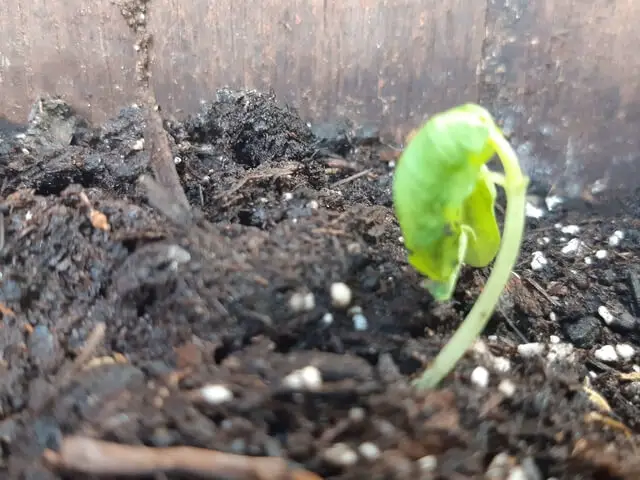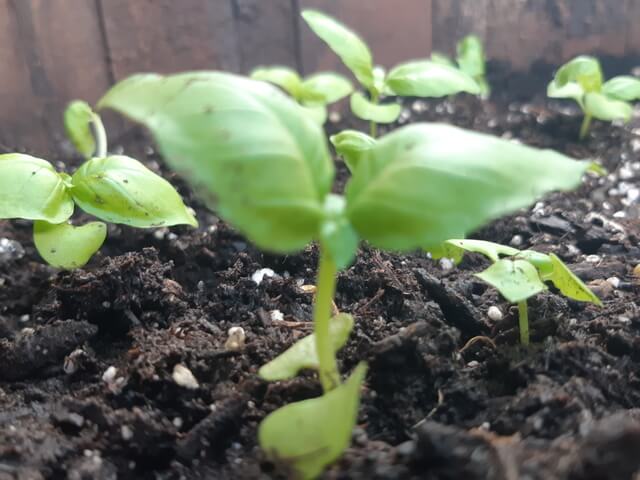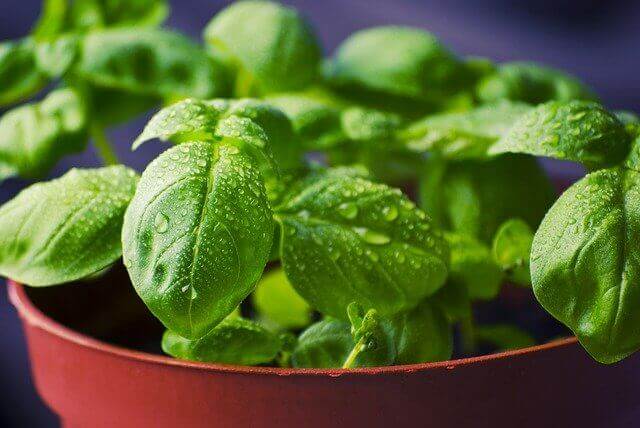How to Grow Basil Indoors: Benefits and Essential Tips!
Growing basil at home is a rewarding and practical hobby that offers numerous benefits. This fragrant herb, popular for its culinary uses, is easy to cultivate indoors. By growing basil at home, you can enjoy fresh leaves for cooking, enhance your indoor aesthetics, and even gain health benefits. Let’s explore the many advantages of growing basil at home and essential tips for successful cultivation.
Table of Contents
Benefits of Growing Basil at Home
Planting and caring for basil in your home is not only a rewarding hobby but also offers various benefits. Basil, a fragrant herb known for its culinary uses, can be grown indoors with ease. By cultivating basil at home, you can enjoy fresh leaves for cooking, enhance the aesthetics of your indoor space, and even reap health advantages. Let’s delve into the numerous benefits of growing basil at home.
Freshness at Your Fingertips
One of the primary benefits of growing basil at home is the convenience of having fresh herbs at your fingertips. Instead of making a trip to the store every time you need basil for a recipe, you can simply pluck a few leaves from your indoor plant. This not only saves you time and money but also ensures that you always have a fresh supply of basil whenever you need it.
Health Benefits
Beyond the culinary advantages, growing basil at home can also have positive effects on your health and well-being. Basil is rich in essential nutrients like vitamins A and K and contains powerful antioxidants and anti-inflammatory compounds. By incorporating fresh basil into your diet, you can boost your immune system, support healthy digestion, and reduce inflammation in the body.
Table: Benefits of Growing Basil at Home
| Benefit | Description |
|---|---|
| Freshness | Always have fresh basil on hand for cooking |
| Cost-effective | Saves money by reducing the need to buy store-bought herbs |
| Nutritional Value | Rich in vitamins A and K, antioxidants, and anti-inflammatory compounds |
| Aesthetic Appeal | Adds a touch of greenery and natural beauty to your indoor space |
| Therapeutic Effects | Gardening can reduce stress, improve mood, and promote relaxation |
| Convenience | Easy access to fresh herbs without leaving your home |
Mental Well-being
Moreover, the act of caring for a basil plant can have therapeutic effects on your mental health. Engaging in gardening activities, such as watering, pruning, and harvesting basil, can reduce stress, improve mood, and promote relaxation. The simple act of tending to your basil plant can provide a sense of purpose and accomplishment, fostering a deeper connection to nature and the cycle of growth.
Essential Tips for Successfully Growing Basil Indoors
Successfully growing basil indoors requires attention to detail and a bit of know-how. Here are some essential tips to help you nurture thriving basil plants right in the comfort of your home.
Choosing the Right Pot and Soil
When growing basil indoors, selecting the right pot and soil is crucial for the plant’s health. Opt for a pot that provides good drainage to prevent waterlogging, which can lead to root rot. A pot with drainage holes at the bottom is ideal. Use well-draining soil that is rich in organic matter to support the basil plant’s growth. Check out this highly-rated pot on Amazon for perfect drainage.
Providing Adequate Light
Basil plants thrive in bright light, so it’s essential to place them in a location where they can receive at least 6-8 hours of sunlight daily. If natural light is limited in your home, you can supplement it with a grow light to ensure your basil plants get the light they need to flourish. This top-rated grow light on Amazon is a great choice.
Watering the Basil Plant
Proper watering is key to growing healthy basil indoors. Water the plant when the top inch of soil feels dry to the touch, but be careful not to overwater. Basil plants prefer slightly moist soil, so allow excess water to drain out of the pot to prevent waterlogged roots. This moisture meter can help you water your plants just right.
Table: Common Problems and Solutions for Growing Basil Indoors
| Problem | Solution |
|---|---|
| Overwatering | Ensure pot has drainage holes; allow soil to dry between watering |
| Insufficient Light | Place basil in a sunny spot or use a grow light |
| Nutrient Deficiency | Fertilize every 2-3 weeks with a balanced liquid fertilizer |
| Pest Infestation | Inspect regularly; use organic insecticidal soap if needed |
Fertilizing Regularly
To promote healthy growth, fertilize your basil plant every 2-3 weeks during the growing season. Choose a balanced liquid fertilizer and dilute it to half the recommended strength to avoid overfeeding. Fertilizing regularly will help ensure that your basil plant has the nutrients it needs to thrive. Consider using this organic liquid fertilizer for best results.
Pruning for Bushier Growth
Pruning is essential for encouraging bushier growth in basil plants. Pinch off the top set of leaves when the plant reaches about 6 inches in height. This will encourage the plant to branch out and produce more leaves, resulting in a fuller and healthier basil plant. These pruning shears are perfect for precise cuts.
Managing Pests
Keep an eye out for common pests that can affect basil plants, such as aphids, whiteflies, and spider mites. To prevent pest infestations, regularly inspect your plants and remove any pests you see by gently washing the leaves with water. If the infestation is severe, consider using organic insecticidal soap to control the pests. This insecticidal soap is effective and safe for your plants.
Harvesting Basil Leaves
When harvesting basil leaves, it’s best to do so in the morning when the leaves are full of essential oils and at their most flavorful. Use clean, sharp scissors to snip off the leaves, starting with the top leaves first. Regularly harvesting basil leaves will encourage new growth and ensure a bountiful harvest throughout the growing season.
Conclusion
Growing basil at home offers a myriad of advantages, from enhancing the taste of your dishes to promoting a sense of connection to nature. By following essential tips for successful indoor cultivation, you can embark on a fulfilling gardening experience that not only nourishes your body but also nurtures your soul.
As you cultivate basil indoors, you are not only nurturing a plant but also fostering a deeper connection to nature and the food you consume. The convenience of having fresh basil at your fingertips can elevate your dishes to new heights, enhancing flavors and providing additional nutritional value. Additionally, the act of caring for a plant can be a therapeutic experience, reducing stress and promoting a sense of well-being.
By understanding the benefits of growing basil at home and implementing key strategies for successful indoor cultivation, you can embark on a rewarding journey that enriches both your culinary creations and living environment. Remember to choose a suitable location with adequate sunlight, maintain consistent watering practices, and keep an eye out for any signs of nutrient deficiency or pests. With dedication and care, you can enjoy a thriving basil plant that continues to yield flavorful leaves for your kitchen adventures.
Start your indoor basil garden today and enjoy the endless benefits! Have you tried growing basil at home? Share your experiences and tips in the comments below. Happy gardening!












